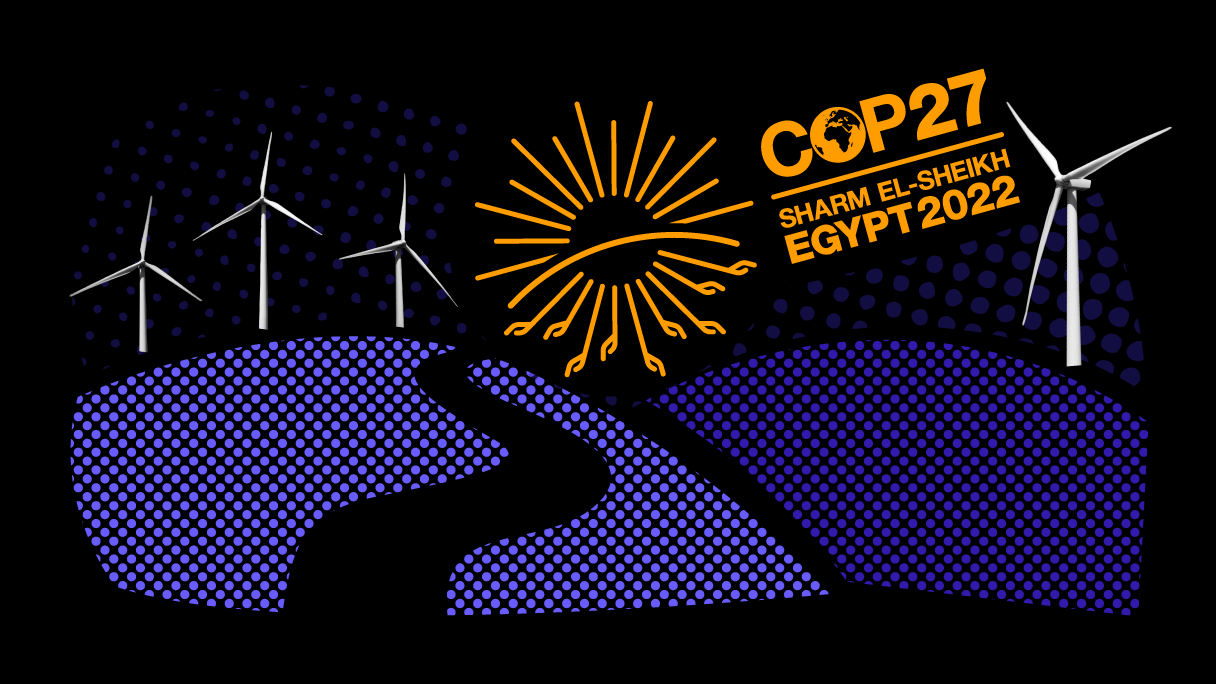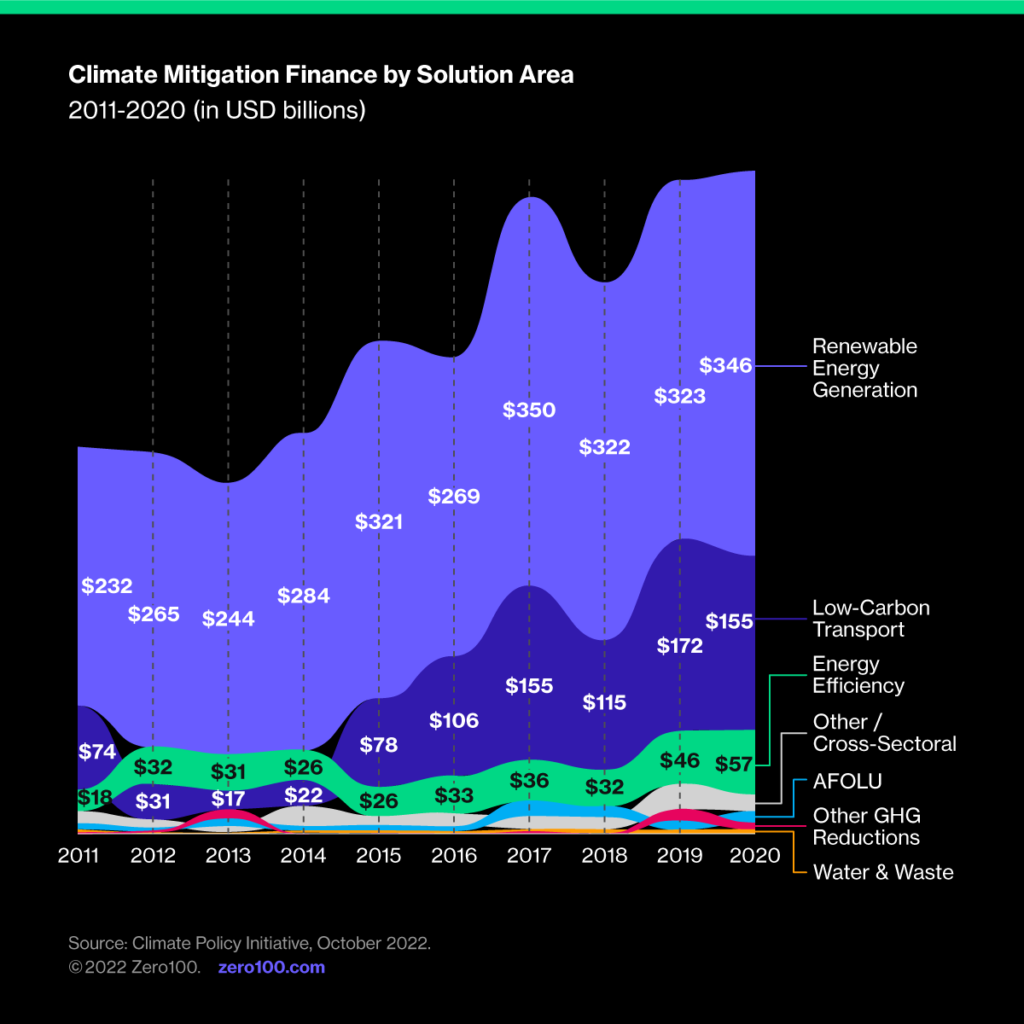
COP27: Cooperation Is the Path to Renewable Energy
At COP27, former Vice President Al Gore described the need for private sector financing of renewable energy investments for a “sustainability revolution” worldwide. Industry cooperation can be the driver.
President Al Sisi of Egypt opened COP27 this week with a clear call to “implement” and a reminder to be “ambitious but realistic”. Climate change is no longer an awareness problem. It is an execution problem with a clear solve in renewable energy that can be implemented now if private sector investment can be systematically tapped around the world.
Follow the Money to Scope 3 Supply Chain Carbon
Renewable energy is hot. According to former US Vice President Al Gore who spoke powerfully at the COP27 opening ceremonies, 90% of all new electricity generation brought online in the last year was based on renewables. Further, 96% of all renewable energy projects in the US and Canada were privately financed. This is no longer just a promising pilot, but it's not happening fast enough in the global south.
The key, says Gore, is to facilitate access to trillions of dollars in private sector financing for renewable energy investments which will kick off a “sustainability revolution” worldwide. This is especially true in Africa which holds 40% of the world's solar power potential and could see a three-for-one job creation effect for every dollar invested.

A flow of funds chart created by the Climate Policy Initiative shows that 81% of $632 billion invested annually in climate projects through 2019-2020 went into energy systems and transport. These are the two chief sources of Scope 3 carbon supply chain leaders need to address if they want to meet net-zero commitments already made by their companies and be ready for SEC reporting rules, EU labeling regulations and any potential carbon tax.
So, here's the question: why can't big brands bring their heavy sourcing influence to help drive renewable investments in the logistics networks and power grids they buy from upstream?
They can, but it's not that simple.
Three Hurdles to Supply Chain Driving Renewable Energy
First, the sourcing organizations of these brands don't buy much of their Scope 3 energy or transportation directly. Instead, they work through one or more tiers of suppliers to effect any change. Plus, any one brand typically represents a small share of demand for decision makers upstream. Even a giant supply chain buyer like Walmart can only accomplish incremental impacts working alone.
Second, governments, utilities and regulators face competing needs including jobs attached to existing grids and political expediency linked to local power brokers. This means pressure on suppliers to switch to renewables must overcome institutional inertia in places like Vietnam or Mexico where big brands source a lot of product.
Third, the absence of consistent standards of measurement, accounting and reporting for Scope 3 carbon means any individual effort to drive supplier networks toward renewable energy is open to charges of “greenwashing”. Even aggressive sustainability leaders like Unilever, Starbucks and Nestle get more flack than love for their efforts because no one knows what numbers to trust.
Industry Cooperation Can Help
Sourcing tends to cluster in common regions (e.g., cocoa in Cote d'Ivoire, apparel in Bangladesh, or semiconductors in Taiwan) so many industry groups often naturally comprise a huge economic impact in that region. By sticking together, the incentive to snipe at each other is eliminated, while the shared voice of all brands is louder upstream dealing with big tier suppliers and local regulators or utilities where they operate.
This may sound utopian, but it's not. GS1 applied this model to create data standards in the 1970s for barcodes in the grocery retail sector at the urging of founding committee members including the Kroger Company, H.J. Heinz, General Mills. The hurdle then was technology investment, and industry cooperation was the unlock.
The same is true of the EICC (Electronics Industry Citizenship Coalition), founded in 2004 by Hewlett Packard, Microsoft, and Dell among others to ensure fair labor practices in tech manufacturing. The hurdle here was a race-to-the-bottom for lower costs that fostered exploitation. The solution again was collective action for good.
In these examples the toolkit includes rigorous anti-trust legal advice, a common place for executives to meet face-to-face, and working groups to detail and implement agreements over time.
It's a process, not a one-time summit. But it's not rocket science either.
Critical Reading
SUPPLY CHAIN DIVE
Battery Manufacturing to Slow Despite Inflation Reduction Act Boost
Commentary: Expected to draw private capital and boost domestic manufacturing, the Inflation Reduction Act is still not enough to counteract the delays battery manufacturers are facing due to materials shortages.
#shortages #manufacturing
GREENBIZ
Blue Carbon Will be the Next Frontier of Carbon Crediting
Commentary: Blue carbon taps into underutilized resources – oceans and coastal ecosystems – for storing carbon. Interest in this new carbon crediting method has been piqued, but there is still a huge gap in investment into these projects.
#carbonreduction #carboncredit
THE NEW YORK TIMES
Smartphones Are Like Cars. So Why Don't We Maintain Them?
Commentary: With the rise of refurbishment/repair, should we start treating our phones like cars? With maintenance and repair capabilities gradually growing, consumers will begin to have new ways to shift their buying behaviors.
#E-waste #repair